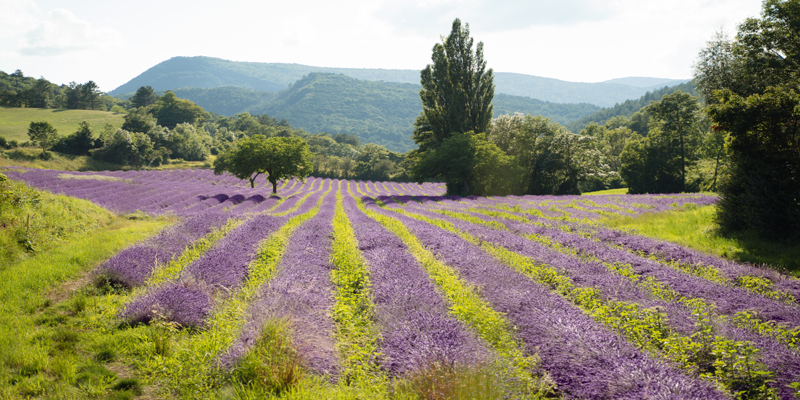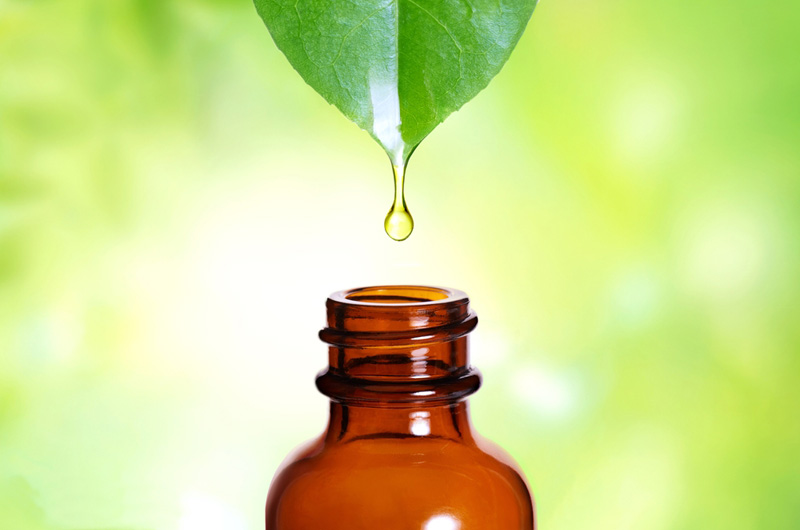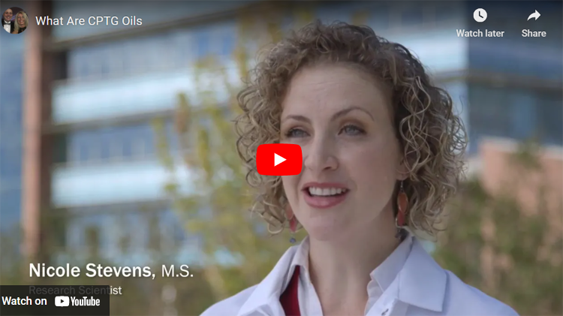SUBSCRIBE TO MY FREE ESSENTIAL OILS NEWSLETTER, "THE ESSENTIAL OILS Rx"
Are All Essential Oils the
Same Quality?

Essential oils are popular and many companies make them. But are all essential oils the same quality?
No!
In fact, while we'd like to think that all essential oils are the same high quality, nothing could be further from the truth.
With plenty of financial incentive to produce a cheaper product and little regulatory oversight of the industry, both poor sourcing and intentional adulteration have become huge problems in the essential oil business. And both will seriously affect the quality of the essential oil produced.
In this article I address the problem with adulteration. For more on the importance of properly sourcing and testing essential oils click on this link: Sourcing and testing essential oils.
What is Adulteration?
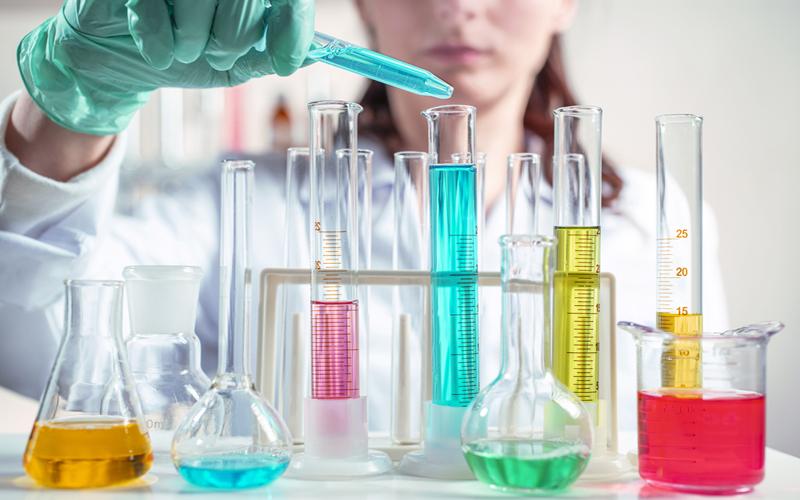
Adulteration occurs when a natural or synthetic substance is added to an oil during the production process.
Adulteration decreases the cost of producing an essential oil but it also affects its quality: Adulterated oils are less likely to be effective and more likely to cause adverse reactions than pure essential oils. Unfortunately, adulteration is a serious problem in the essential oil industry:
An estimated 80% of the oils on the market today are adulterated.
And, as the popularity of these oils increases, that number is likely to rise.
The Problem with Adulteration
An estimated 80% of the essential oils on the market today are adulterated.
Adulteration can affect both the efficacy and the safety of an essential oil: Whenever I hear of an adverse reaction to an essential oil, I immediately suspect that the oil was adulterated.
Common Forms of Adulteration
Common forms of adulteration include…

Dilution: To increase the volume of an essential oil a company may simply dilute it with a fatty oil such as coconut or canola oil.

Adding Natural Isolates to the Oil: Some chemical constituents of an essential oil may be obtained from natural sources other than the essential oil-producing plant and then added to the essential oil.
For example, alpha-pinene, a component of Frankincense essential oil, can be inexpensively obtained from trees used in the paper industry and then added to Frankincense oil.

Adding Less Expensive Oils to More Expensive Ones: When an inexpensive oil is similar in chemistry and aroma to a more expensive one, companies may adulterate the expensive oil by adding the less expensive oil to it.
For example, the less expensive oil cassia might be added to the more expensive but similar oil, cinnamon bark.

Adding Synthetic Compounds to the Oil: Adulteration with synthetic compounds occurs when components of an essential oil are synthesized in a laboratory and are then added to the essential oil.
Lavender, one of the most commonly adulterated essential oils, can actually be made entirely of synthetics. (1)
Adulteration Can Harm: One
Veterinarian's Experience
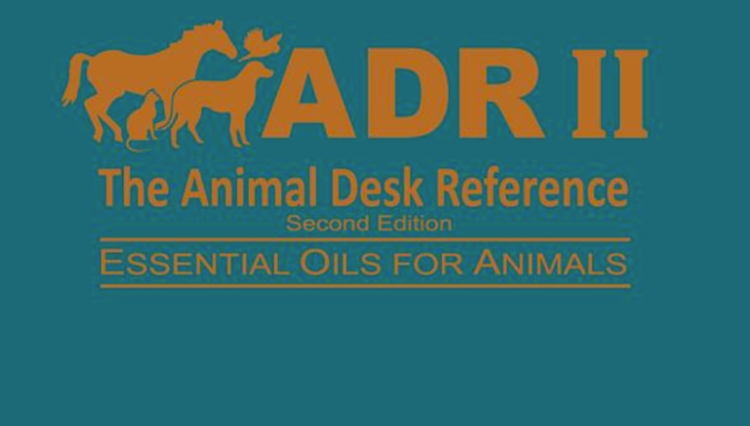 Dr. Sheldon's Book
Dr. Sheldon's Book
Adulterated oils are inferior to pure
essential oils and are typically less effective. They are also more likely to
cause adverse effects such as skin irritation, headaches and allergic
reactions.
And they can be downright harmful.
Take for example, the experience of Melissa Shelton DVM, author of "The Animal Desk Reference II: Essential Oils for Animals".
When experiences at home alerted veterinarian Dr. Melissa Shelton to the potential dangers of toxic chemicals in common household cleaning products, she began to wonder if these products might be adversely affecting the animals in her practice.
So she started investigating. And when she did, she found that these products were indeed having harmful effects on animals.
Dr Sheldon found dogs who became ill after exposure to household deodorizing sprays and cats whose liver enzymes became elevated after eating off conventionally cleaned counter tops. She also noticed that animals’ allergies and ear infections frequently disappeared when their owners switched to all-natural cleaning products.
So she stopped using chemical deodorizers and cleaners in her clinic - and began using essential oils instead.
Soon, she also began using essential oils to treat her four- legged patients, eventually adding them to virtually every one of her treatment protocols.
And they worked - sometimes even on seemingly hopeless cases!
Then, suddenly, in 2012 something changed.

The Effects of Adulteration: What Happened in 2012?
In 2012 Dr. Sheldon's clients began reporting that oils that had previously helped their animals no longer worked. Worse still, some of the oils were actually causing chemical irritations and burns to the animals' skin.
At first, it appeared that this was only a problem with certain oils. So Dr. Sheldon advised people not to use those oils until the problem was identified.
However, as time went on, she received more and more reports of loss of efficacy and adverse reactions with an increasing number of oils. (1)
Finally, by 2013, the problem had become so widespread that Dr. Shelton felt she had no choice but to leave the essential oil company she was with. She did - and completely stopped using their oils.
You can find Dr. Shelton’s account of this in the preface to her book, "The Animal Desk Reference II: Essential Oils for Animals".
Who Is Producing Adulterated Oils?
The company that Dr. Shelton left is a large, well-known essential oil company.
Which begs the question: Are other top essential oil companies also producing adulterated oils? How do you know which company to trust?
This is a question that Consumers Advocate.org, an organization that rates companies in various industries recently attempted to answer.
They sent unlabeled samples of three of the most popular essential oils - lavender, tea tree and peppermint - from eleven of the leading essential oil companies to the Aromatic Plant Research Center (APRC) in Utah to test for adulteration.
The results were shocking. Of the 11 companies tested, only 3 had unadulterated oils. (2)
While the above table appears to show that none of these companies adulterated their tea tree oil, this is probably not the case.
The Aromatic Plant Research Center (the laboratory that conducted the testing) reports that, because tea tree is such a complex essential oil, gas chromatography and mass spectroscopy may not be sufficient to detect adulteration in it.
This brings us to the next important consideration: Sourcing and Testing Essential Oils.
1. Rather than responding to Dr. Sheldon's reports of loss of efficacy and adverse reactions by trying to identify and remedy the problem with their oils, in Dr. Sheldon's words, the company she was with at the time attempted to “muzzle” her.
2. You'll notice that Young Living Essential Oils are not included in this chart. Consumers Advocate.org did test Young Living oils - but when they posted the results, Young Living threatened a law suit.
Next in the Series on Essential Oil Quality . . .
Sourcing and Testing Essential Oils. As noted by ConsumersAdvocate.org, quality and testing go hand in hand. But sourcing is also critically important. For more on how doTERRA sources and tests their oils click on this link: doTerra sourcing and testing

Want to try doTERRA essential oils or essential oil products?
Click on this link to get a FREE membership and WHOLESALE prices for a full year! Get My Free doTERRA Membership.

